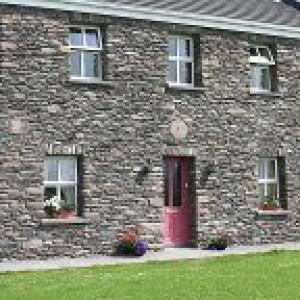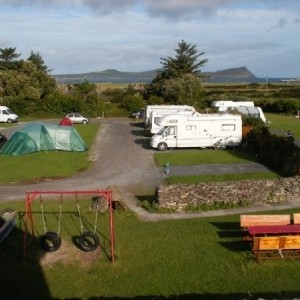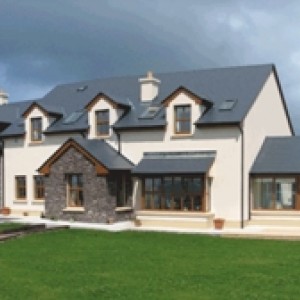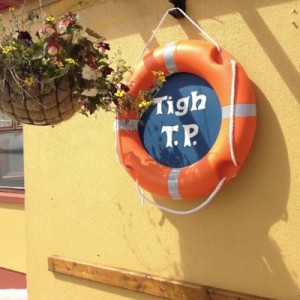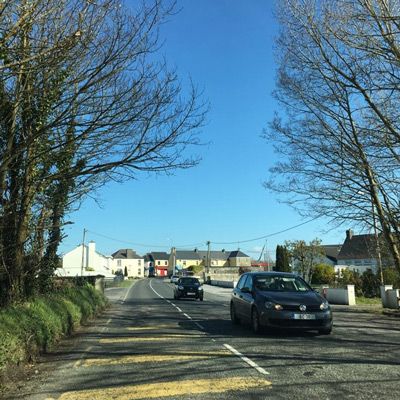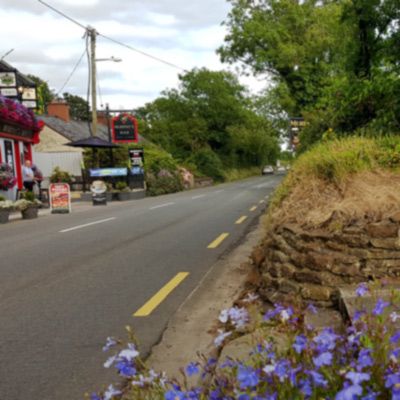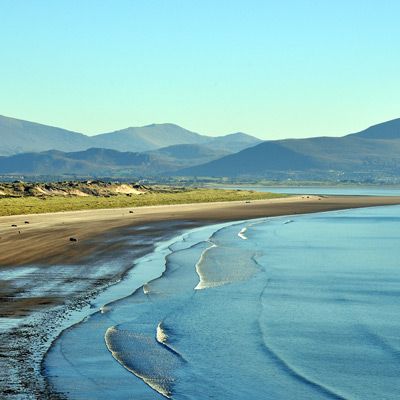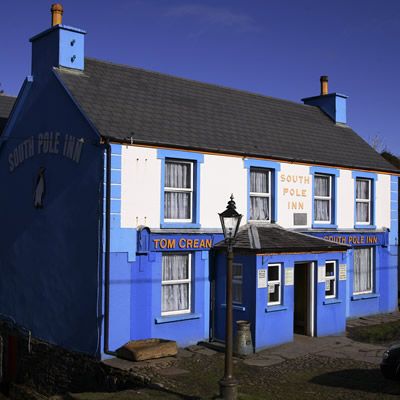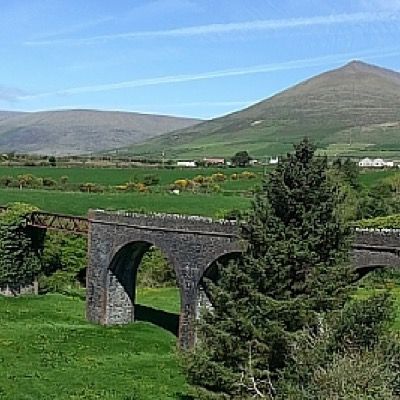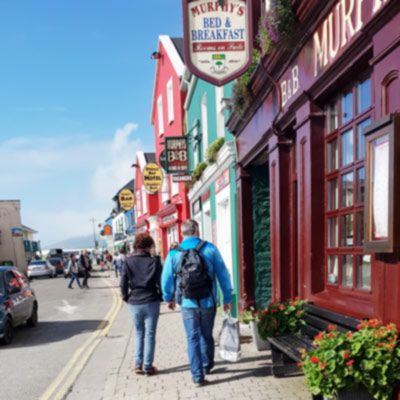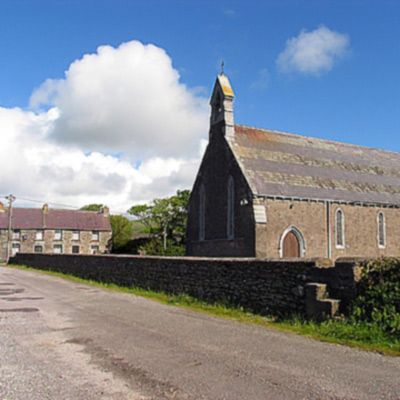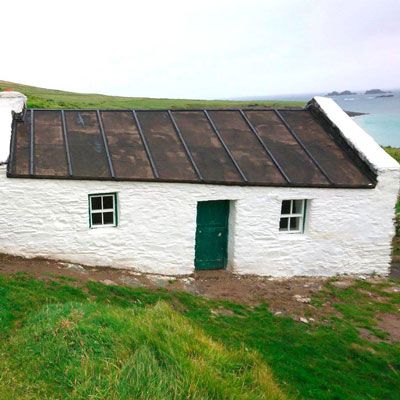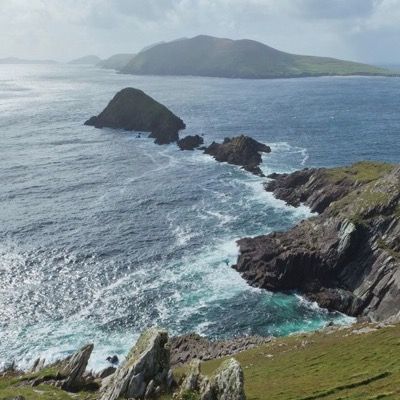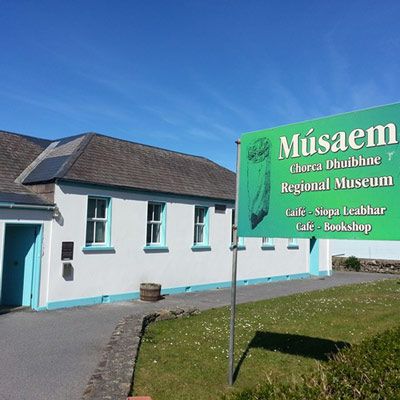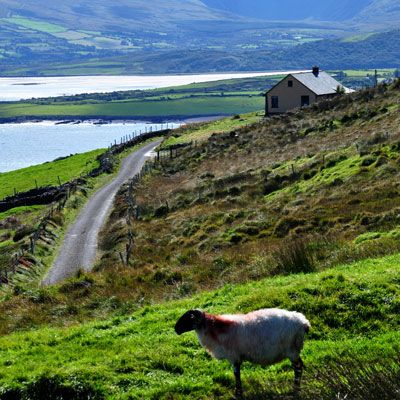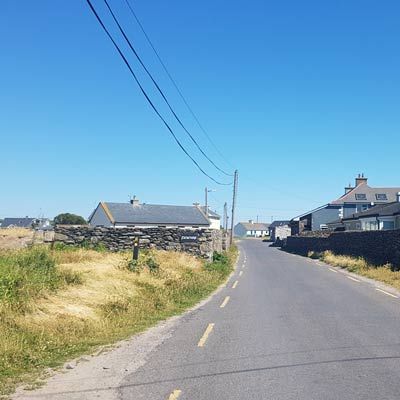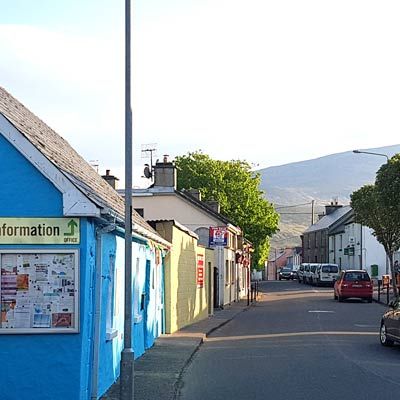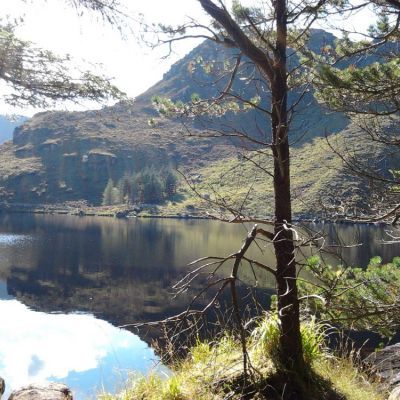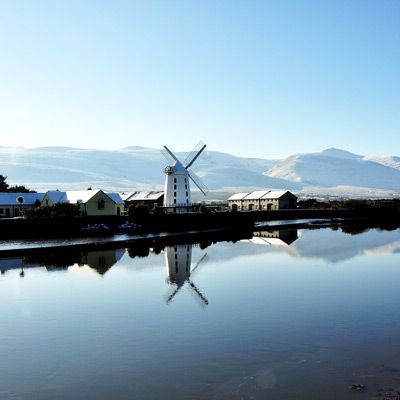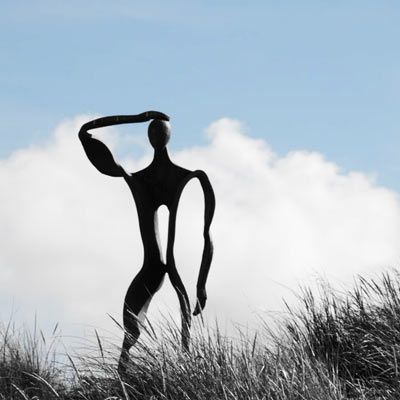Baile na Ngall, An Mhuiríoch & An Fheothanach - Ballydavid, Murreagh, Feohanagh
During the summer months, you can expect to find traditional music sessions each night at most of the area pubs...
Visitors to the Dingle Peninsula who fail to spend time in the area that comprises Ballydavid, Feohanagh and Murreagh are, sadly, missing out on one of its most beautiful spots and an area of uncommercialised local culture. Even throughout the busy summer months, this area remains peaceful. There are outstanding walks, into Coumaloghig or up to Arraglen or along coastal areas, and wonderful evening views out over the last edge of land to the Atlantic.
During the summer months, you can expect to find traditional music sessions each night at most of the area pubs. Impromptu sessions by local musicians can occur year round at any time of the day or evening. All of the restaurants in the area are located so close to the sea, that the variety and quality of the seafood served in the area is second to none. It is very easy for one to become enchanted with this beautiful area that touches the Atlantic Ocean and is overlooked by the splendour of Mount Brandon . . . especially when one takes the time to explore the area on foot. As well as walking the Dingle Way and the Saints Road, one can also trek along various mountain and cliff walks or discover the many archaeological sites which remain as a reminder of the thousands of years of history attached to the area.
For more information on walks in the area, contact the Dingle Tourist Office in Dingle Town, or call in to T.P.'s Pub at Ballydavid. The area is easy to explore on bicycle as the roads are quiet and the area is relatively flat and easy to cycle. Many of the archaeological sites can be easily visited by bicycle, too.
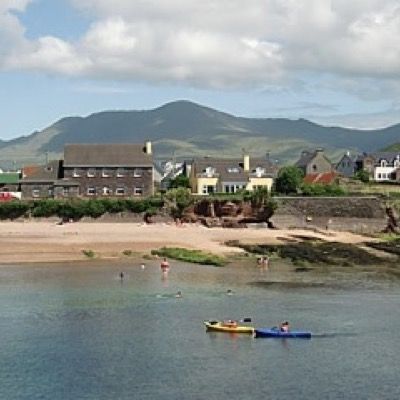
Ballydavid Pier
Traditional naomhógs - small canvas covered boats are raced here every summer at Ballydavid Regatta.Fishermen still use the pier and there are sea angling and boat trips available in summer.
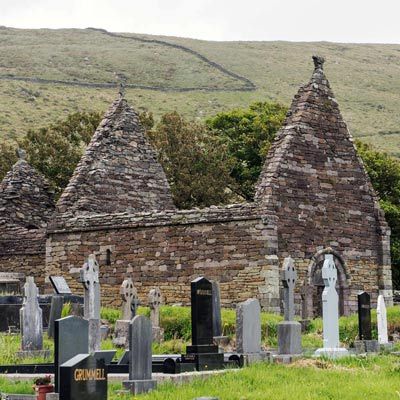
Kilmalkeader
This is the most important church site on the Dingle Peninsula. The site is traditionally associated with St. Brendan, but was reputedly founded by Maolcethair, whose death is recorded in the Martyrology of Donegal under the year 636. There are no remains of the early monastery except possibly for the Ogham stone with the inscription of "Anm Maile Inbir Maci Brocann". The ruined Romanesque church visible today dates to the first half of the 12th century, and certain features are similar to those found in Cormac's Chapel on the Rock of Cashel in County Tipperary. Also visible on the site are a sundial, large stone cross, and alphabet stone (inside the church near the chancel arch). Some fine stone carving can also be found inside the church.
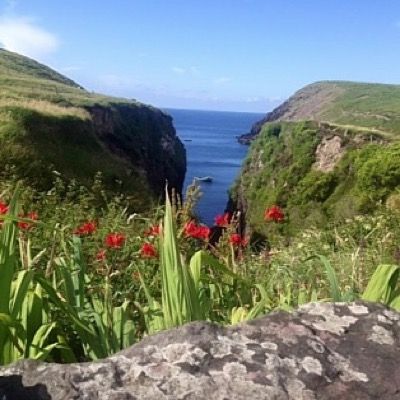
Cuas and The Brendan Voyage
Across the bridge at An Fheothanach/Feohanagh a narrow road leads to Cuas an Bhodaigh or Brandon Creek. This inlet was the legendary starting point of the voyage of St Brendan to America, centuries before Columbus. The account of the voyage of Brendan, the Navigatio, attained enormous fame in medieval Europe and is one of the classic adventure stories of all time, with rich elements of magic and fantasy.In 1977, in a successful attempt to establish the feasibility of such a voyage, a craft made of hides with a crew captained by Tim Severin set out for North America from Brandon Creek.
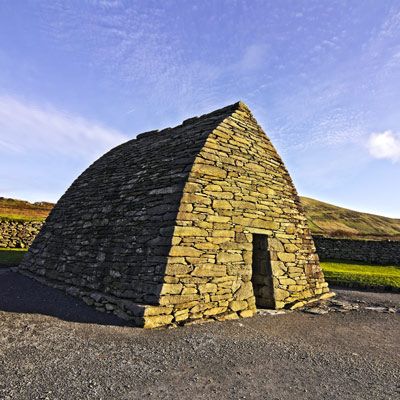
Gallarus Oratory - Séipéilín Ghallarais
The Gallarus Oratory or Séipéilín Ghallarais, literally ‘the small church of the rock promontory’ is believed to be an early Christian church located on the Dingle Peninsula, County Kerry, Ireland. This famous ' upside down boat-shaped' oratory is the only perfect example of it's type surviving in Ireland. Built of sandstone rubble, the oratory stands in a large stone-walled enclosure on the lower slopes of Lateevemore overlooking the land surrounding Smerwick harbour. Nearby an inscribed early Christian cross slab stands at the head of a leacht. (a rectangular dry stone-faced mound of stone)
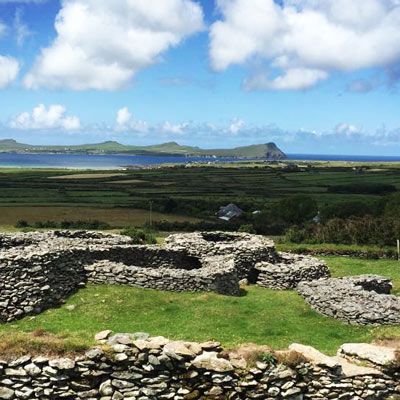
Cathair Deargáin Ring Forts
Caherdorgan Fort is thought to have been built sometime in the 8th or 9th century AD as the home of a fairly strong farmer and his family. The monument consists of a roughly circular wall, within which are five clocháin or circular rooms, built in dry stone, using the corbelling technique. A souterrain (underground passage) was entered via one of the rooms (the southernmost of the 3 conjoined examples), although today it is blocked. These passages would have been used for storage and perhaps to conceal goods or even people, if necessary.
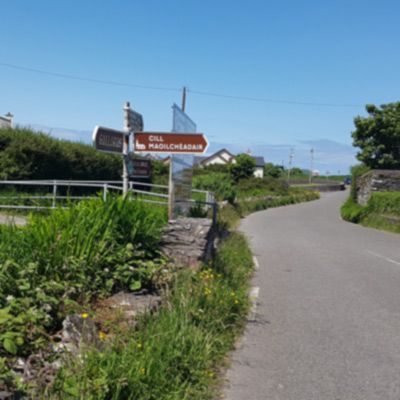
Gaeltacht
This part of the Dingle Peninsula is at the heart of the West Kerry Gaeltacht. The national Irish Language radio station 'Radio na Gaeltachta' broadcasts some of it's programmes from studios in Baile na nGall (Ballydavid) where the radio mast has become a local landmark. During the summer months school children from all over Ireland come here to learn Irish and experience Gaeltacht culture and can be seen in groups on the quiet country roads going to classes or activities.
How to get to Ballydavid, Murreagh and Feothanagh
Directions: From Tralee take the N86 to Dingle making sure to take a left turn at Camp Junction. From Dingle take the R559 to Murreagh,Ballydavid and Feothanagh.
Bus Eireann has a daily service 275 from Tralee to Dingle and route 275A goes to Ballydavid and Feothanagh on Tuesday and Friday.
Ballydavid Pier
Murreagh
Feohanagh
Ballydavid, Murreagh and Feohanagh - Directory
-
Stay
Where to stay Ballydavid, Murreagh, Feohanagh -
See & Do
What to see and do in Ballydavid, Murreagh, Feohanagh -
Eat & Drink
Where to eat and drink in Ballydavid, Murreagh, Feohanagh -
Festivals
Festivals & Events Ballydavid -
Shop
Where to ShopNo items found.
